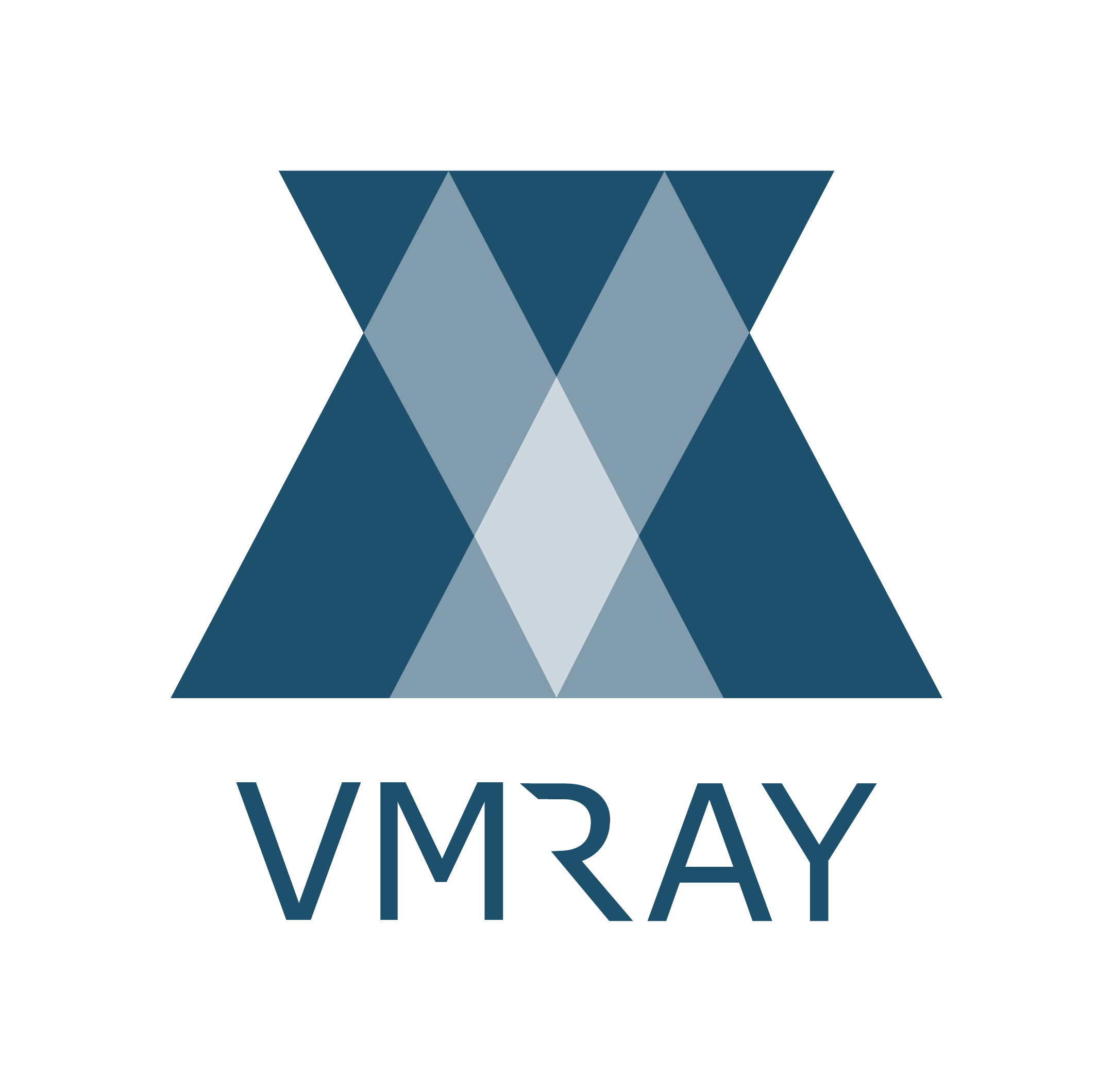Chapter 3: Windows: A Prime Target for Cyber Threats
Windows remains a central focus for cyberattacks, being the predominant desktop operating system globally. The well-established attack strategies persist, with Stealers, Loaders, and Ransomware continuing as the primary threats. Notably, ransomware poses a significant global financial risk, affecting diverse sectors.



